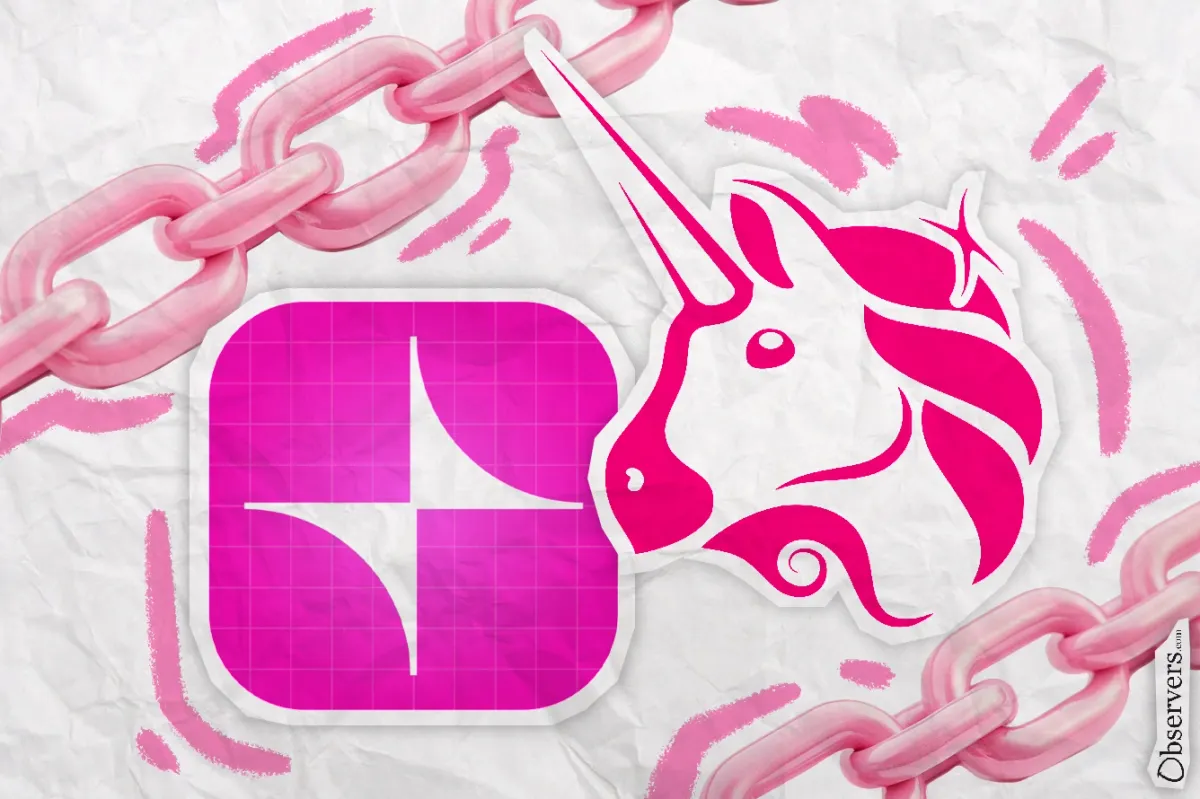
After thorough testing, Uniswap launched the Unichain Layer 2 network on Ethereum’s mainnet. Users can now bridge, swap, and add liquidity using the Uniswap web app and the updated wallet.
The team launched the testnet chain four months ago. Since then, the community has deployed over 14.7 million smart contracts and completed more than 95 million transactions—even without token incentives. This level of activity shows strong interest in the project.
DeFi developers have also taken notice. According to the team, nearly 100 well-known products and protocols, including Circle, Coinbase, Lido, and Morpho, are already building on Unichain. Just days after the mainnet launch, Unichain has shown impressive usage metrics—with over 10,000 users bridging to the chain and more than 150,000 transactions completed.
While Unichain might seem like another L2 replicating Ethereum with lower fees, the team’s goal is different: they intend to transform it into a liquidity hub for the entire L2 ecosystem.
One of Ethereum’s current priorities is to unify its ecosystem rather than having fragmented chains. Uniswap and Unichain are playing key roles in achieving that aim.
In partnership with Across Protocol, the Uniswap/Unichain team is introducing the cross-chain intent standard, ERC-7683. This new standard is expected to simplify cross-chain swaps enabling fast and permissionless transactions within the L2 ecosystem.
Intent swaps differ from traditional swaps by introducing a network of “solvers” who monitor requests and execute transactions using their own liquidity while seeking the most efficient route. These solvers compete on speed and cost while assuming the finality risk.
A major challenge with intent systems today is that differing approaches across solver networks lead to fragmentation, as each protocol handles intent creation, execution, and settlement differently.
ERC-7683 solves these problems by creating a standardized process. Protocols such as Optimism, Superchain, AggLayer, and Arbitrum are already working to adopt this standard.
With the planned launch of ERC-7683 later this year, Unichain aspires to become a cross-chain hub, facilitating swaps across various Layer 2 networks and resolving Ethereum’s current fragmentation problem.
To serve as an L2 liquidity hub, Unichain must ensure decentralization. The team has prioritized decentralization from the outset. Unlike many other L2 solutions, Unichain has implemented a fully functioning proof system that supports permissionless fault proofs, allowing users to challenge transactions at any time without relying solely on the team’s integrity.
In summary, Uniswap and Unichain are advancing Ethereum’s rollup roadmap while keeping decentralization at its core, paving the way for a more unified and efficient ecosystem.

